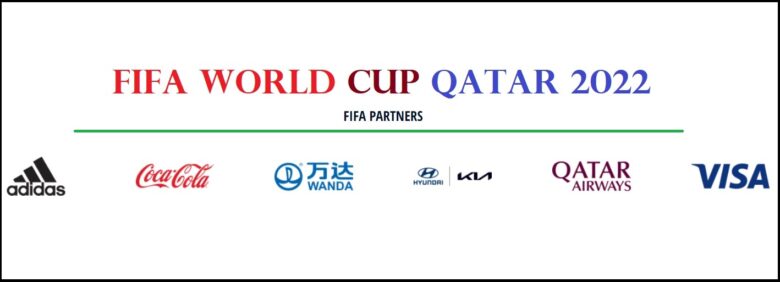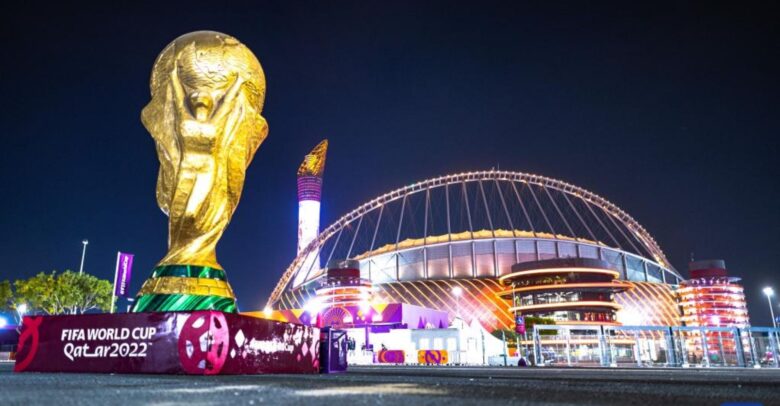The World Cup Soccer Tournament in Qatar ended with Argentina’s victory on December 18, and Chinese companies were prominently displayed in the advertisements posted in the stadiums.
The amount of sponsorship money received by FIFA from Chinese companies was the highest in the world, surpassing that of the United States.

WANDA, which operates a wide range of businesses from real estate, hotels, leisure, and sports-related businesses to finance, was a partner; Hisense, a consumer electronics manufacturer; Mengniu, a major dairy products company; vivo, a smartphone manufacturer, were sponsors; BOSS Direct, an online staffing service provider; and Yadi, an electric motorcycle manufacturer, were regional supporters. and Yadi, a manufacturer of electric motorbikes, are among the regional supporters.
Of the $7.5 billion in sponsorship money received by FIFA from these supporting companies, $1.395 billion came from Chinese companies, the highest amount in the world, surpassing that of the United States.
During the tournament, CCTV broadcast all the matches, and six media outlets, including Doin (which operates TikTok), acquired broadcasting rights, making soccer a major topic in the Chinese media every day.
Even the Pandas went to Qatar, but only the Chinese team failed to make it.”
One month before the World Cup, two pandas (Jingjing and Shikai) were sent to Qatar. If you watch the matches, advertisements displaying Chinese characters are conspicuous. The above expression was intended to make fun of this situation, but Chinese companies not named as sponsors of the World Cup in Qatar are also making their presence felt.
The total budget (expenditure) for this World Cup in Qatar is about 220 billion dollars, and according to several Chinese media, Chinese companies seem to have played a major role in important aspects of investment and management.
Solar power plants and reservoirs are also being built.
Qatar has a land area slightly smaller than Japan’s Akita Prefecture and a population of only 2.8 million. Surrounded on three sides by the sea, the winters are relatively pleasant, but most of the country is a wilderness of desert and rock. Even though the host city, Doha, is the capital, it is critically lacking in infrastructure to host the World Cup, and preparations had to start with construction.
First, the stadiums, one existing one was renovated and seven new ones were built. In reference to past World Cups, it is expected that more than 1 million people from overseas will visit the stadiums during the tournament, and the transportation infrastructure was prepared to accommodate this number. A new Hamad International Airport and Doha Metro were built, and the port was renovated. In addition, a large-scale solar power plant was built to ensure sufficient electricity, and a water reservoir was constructed to store large amounts of water.
Many Chinese companies participated in the construction of these infrastructure facilities, including China Steel Construction, Jiao Tong Construction, Sanichi Heavy Industries, Precision Engineering & Construction, Huawei, and China Gezu Dam Group, and also supplied materials.
In terms of details, Chinese companies were involved in everything from stadium chairs, large LED screens, air conditioning, communication equipment, networks controlling the entire stadium, solar panels, and transportation vehicles to small items such as soccer balls, uniforms, and whistles.
The event was a reminder of China’s significant international influence in terms of the real economy. In fact, China was probably the winner in the business aspect of the Qatar World Cup.


コメント